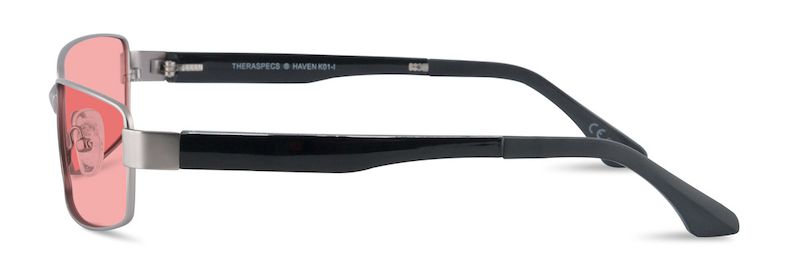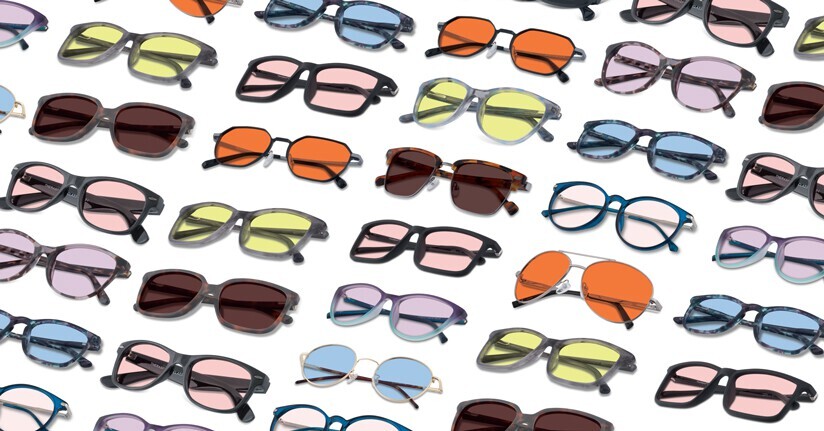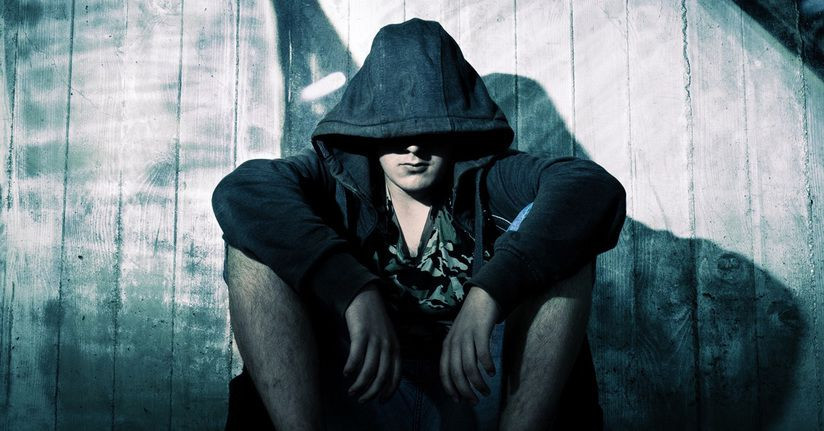Post-Concussion Syndrome: Light Sensitivity after a Concussion
The potential long-term impact of concussions on youth and professional athletes have brought head injuries into the national dialogue recently. The fact is anyone, from children to military veterans, who experiences a head injury can have a concussion. Although most head injuries heal with little difficulty shortly after they occur, some can result in persistent medical issues and complications. After headache, vision-related problems are commonly reported as symptoms of post concussion syndrome—especially sensitivity to light, which can persist for months or even years after a concussion.
Post-Concussion Syndrome Light Sensitivity
One of the most common symptoms of concussion and post-concussion syndrome is photophobia, or painful light sensitivity. Some experts have suggested that as many as 43% of individuals experience ongoing light sensitivity after hitting their head, although that number could be even higher depending on other risk factors. These might include individuals who engage in high contact athletics, professions or activities and/or those who have sustained multiple head injuries. Perhaps most notably, 60-75% of active-duty soldiers who experienced blast-related concussions (also known as mild traumatic brain injury) have reported sensitivity to light—making veterans one of the most at-risk populations for post concussive photophobia. Moreover, the majority rated their light-related pain as severe.1
Some common symptoms of TBI and concussion light sensitivity include:
- Eyestrain
- Vision fatigue
- Squinting
- Headaches
- Eye pain
- Inability to tolerate bright lights (especially fluorescent)
The International Brain Injury Association reports that those with post-concussion light sensitivity may also experience indirect symptoms such as vertigo, fatigue, and difficulty multitasking. Furthermore, studies show2 that photophobia is most severe 7-19 days after an injury, but light sensitivity could last up to 6 months after a concussion and others may even experience it indefinitely.
Types of Light that Can Worsen Symptoms

Some of the most common light sources can be a trigger for a person with photophobia after a head injury. Bright sunshine, harsh reflective glare, fluorescent lighting and computer, television or mobile device screens all have the capability to worsen post concussion symptoms.
Fluorescent lights can be especially problematic. Not only can they increase headaches, migraine attacks, and other pain, but they also have been associated with vestibular symptoms such as dizziness, sensitivity to motion or movement, and nausea. One possible reason is likely the invisible flicker given off by fluorescent bulbs which is indiscernible to the eye but picked up the brain. Researchers have also offered similar hypotheses related to LCD screens,3 which were recently linked to: slower recovery times in returning to work or school; less ability to focus; and greater levels of light sensitivity for patients with symptoms beyond three months.
In addition, fluorescent lights and other everyday lighting (including sunlight) also expose us to a significant amount of blue light—which researchers have shown to be the most painful for a person with photophobia and a likely cause of worsening concussion-related symptoms.4 Given the increasing influence and use of smartphones, computers, gaming consoles and fluorescents in offices and daily life, blue light can be difficult to escape. (Hint: We have some suggestions below for how to deal with blue light exposure)
Another possible explanation for why post concussion patients are more sensitive to these light sources has to do with their perception of brightness. Several researchers5,6 have found that those who have persistent sensitivities after a head injury or mild traumatic brain injury—especially beyond six months—have a reduced tolerance for light and sound. This means light, no matter the source or actual level of brightness, often feels “brighter” and more painful for a person with concussion photophobia.
Treatment of Concussion-Related Light Sensitivity

There are currently no medications that directly combat photophobia resulting from a head injury. However, that does not mean there are no options for post concussive patients. The American Academy of Ophthalmology (AAO) recommends treating painful sensitivity to light after a concussion through the use of special photophobia glasses tinted with FL-41, such as TheraSpecs. These glasses are effective because they target the harmful blue light that is prevalent in fluorescent lighting and other common sources. They also help lessen the negative impact of brightness, glare and the invisible flicker.
Additional research has supported the benefits of colored lenses for concussion-related light issues. In fact, researchers found that 85% of photophobic patients found some level relief with tinted lenses.7 Beyond glasses, there may be some additional behavioral suggestions that can help, which includes:
- Polarized sunglasses for outdoor use
- Wearing a hat inside or outside
- Reducing mobile or computer screen use, especially before going to sleep
- Installing blue light reducing apps for phone or computer
- Anti-glare monitor covers
- Rest and relaxation (for both the eyes and the brain)
- Generalized avoidance for persistent light-specific triggers

References
1Richman EA. Traumatic brain injury and visual disorders: What every Ophthalmologist should know. Eyenet Magazine. Mar. 2014.
2Digre KB, Brennan KC. Shedding Light on Photophobia. Journal of neuro-ophthalmology : the official journal of the North American Neuro-Ophthalmology Society. 2012;32(1):68-81. doi:10.1097/WNO.0b013e3182474548.
3Bullock G. The Impact of LCD Screens on Post-Concussion Syndrome. TheraSpecs. August 2017.https://www.theraspecs.com/blog/lcd-screens-post-concussion-syndrome/.
4M. Tatsumoto, T. Eda, T. Ishikawa, M. Ayama, K. Hirata “Light of Intrinsically Photosensitive Retinal Ganglion Cell (ipRGC) Causing Migraine Headache Exacerbation.” IHC symposium OR3. 2013 June.
5Waddell PA, Gronwall DM. Sensitivity to light and sound following minor head injury. Acta Neurol Scand. 1984 May;69(5):270-6.
6Bohnen N1, Twijnstra A, Wijnen G, Jolles J. Tolerance for light and sound of patients with persistent post-concussional symptoms 6 months after mild head injury. J Neurol. 1991 Dec;238(8):443-6.
7Clark J, Hasselfeld K, Bigsby K, Divine J. Colored Glasses to Mitigate Photophobia Symptoms Posttraumatic Brain Injury. J Athl Train. 2017 Jun 26. doi: 10.4085/1062-6050-52.4.04. [Epub ahead of print].

TheraSpecs® Glasses for Light Sensitivity
Find the glasses that fit your needs and lifestyle, and stay protected from screens, fluorescents, unwanted blue light, sunlight, flashing lights, and more.
Shop Now



